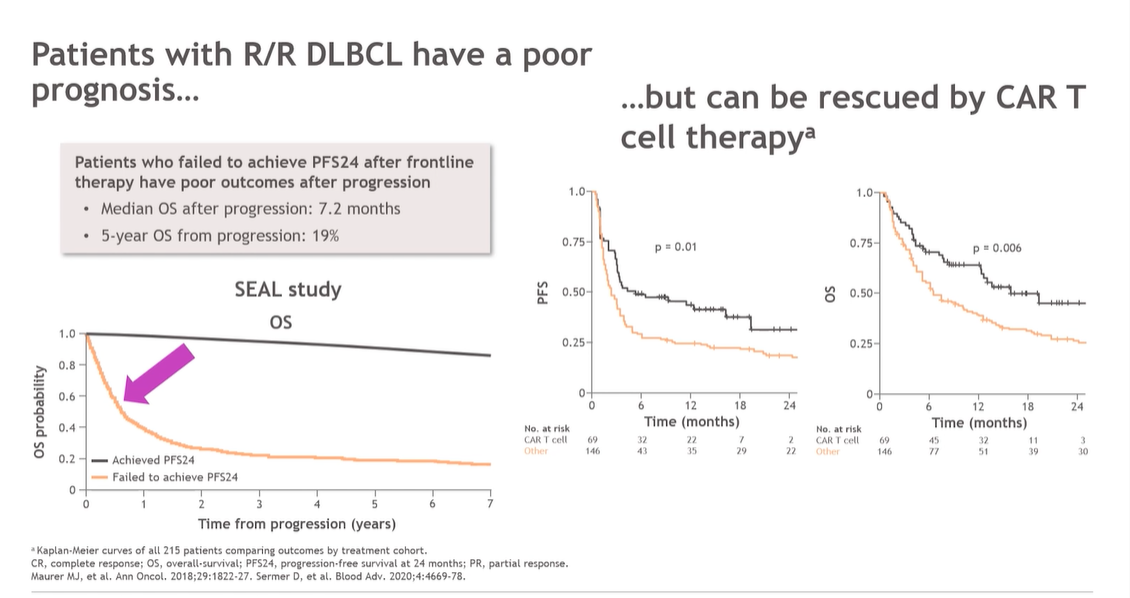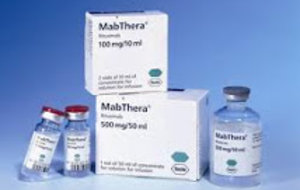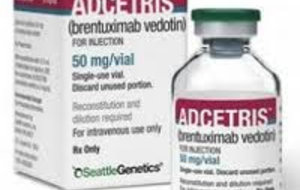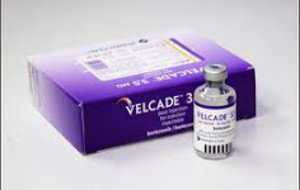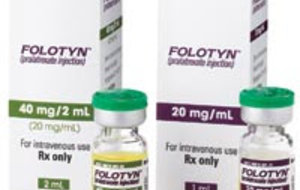Lymphoma: Hodgkin's & Non-Hodgkin's
Lymphoma is a form of cancer that originates from a type of white blood cell called lymphocytes.
Normal lymphocytes are an important part of the immune system that help our body to fight infection. They are present in the blood stream and lymphatic system.
The lymphatic system is a network of vessels that transports fluid and nutrients around the body and is a part of the immune system.
When some of these cells in the lymphatic system multiply uncontrollably and abnormally, they become cancerous. This is called Lymphoma.
Types of Lymphoma
1. Hodgkin’s Lymphoma (HL)
(Hodgkin’s Disease)
2. Non-Hodgkin's Lymphoma (NHL)
What is Lymphoma? click her for a short video
Diagnosis & Tests for Lymphoma
Staging for Lymphoma
PET-CT Scan
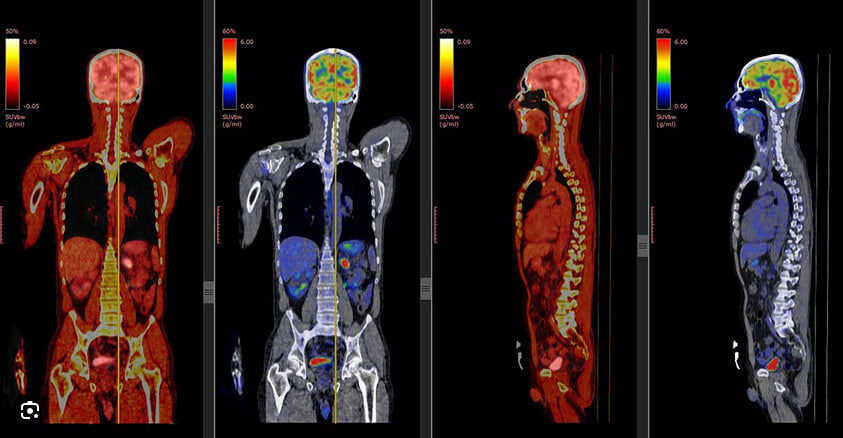
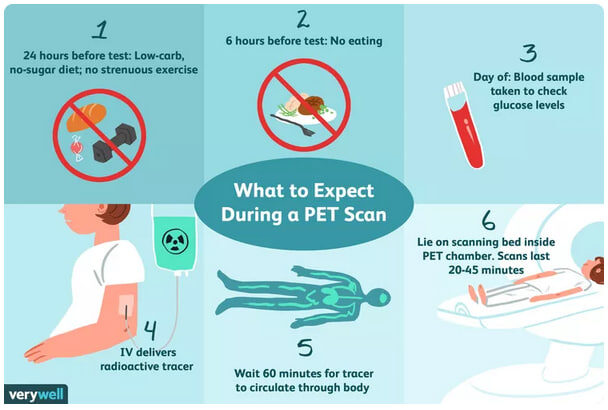
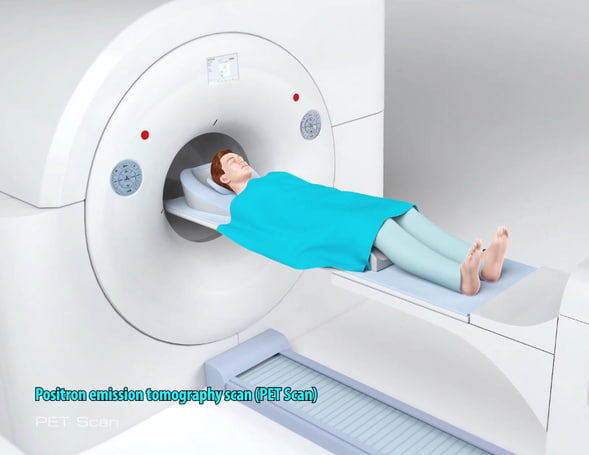
Treatment Options
1. Watch & Wait
‘Watch & wait’ approach is sometimes adopted for lymphomas which are slow-growing, still in early stage and those that do not cause too much discomfort or side effect to the patient.
It is not the same as doing nothing;
Close monitoring with your doctor is needed.
You will require periodic blood tests and scans.
2. Radiation Therapy
This involves the use of high energy X-ray to kill cancer cells directly. This is useful in certain types of Lymphoma and
when the disease if confined to one or two areas of the body.
Further Information on Lymphoma / Maklumat Tentant Limfoma


Patient Information Sheet on Lymphoma
What's new ?
Previously untreated:
R-CHOP Regimen > Cyclophosphamide, Doxorubicin, Vincristine, Prednisolone plus anti-CD20 Monoclonal Antibody (mAb) Rituximab
click > Coiffer et al. Blood 2010
POLARIX > Polatuzumab Vedotin+Rituximab, Cyclophosphamide,Doxorubicin and Prednisolone
click> Tilly et al. NEJM 2022
DLBCL Relapsed/Refractory
to consider CAR-T cell Therapy
click > ASTCT Guidelines
Symptoms of Lymphoma
The most common symptom of Lymphoma is painless swelling in the neck, armpit or groin area.
Lymphoma may also affect other parts of the body
such as the lungs and the bowels.
Apart from swellings, the common symptoms of lymphoma are recurrent or persistent fever, night sweats, weight loss, loss of appetite,tiredness, persistent itching of the body, breathlessness or cough.
Painless Swelling of the Armpit
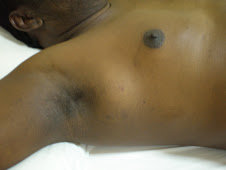
Indolent vs Aggressive Lymphoma
'Indolent’ NHLs grow slowly.
They typically cause no symptoms initially,
and so remained undetected for some time.
The most common symptom of indolent NHL
is an enlarged lymph node, noticed as a lump.
‘Aggressive’ NHLs grow quickly.
Patients are likely to notice symptoms and go to their doctor earlier.
Treatment is usually required shortly after diagnosis.
Although the name ‘aggressive’ sounds frightening,
these lymphomas often respond very well to treatment.
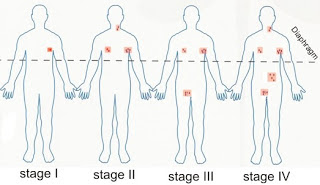
Treatment Options
3. Chemotherapy
Chemotherapy drugs are drugs that are used to kill cancer cells. Different combinations of chemotherapy drugs are used to treat different types of Lymphoma.
The common combinations or regimens are ‘CHOP’ for Non-Hodgkin’s Lymphoma and ‘ABVD’ for Hodgkin’s Lymphoma.
Chemotherapy is also often given in combination with other types of treatment e.g. monoclonal antibodies
Watch a Youtube Video on Rituximab
The Lymphatic System
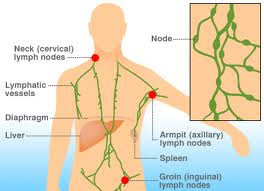
Fluid in the Left Lung
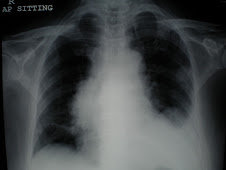
Follicular Lymphoma: usually indolent
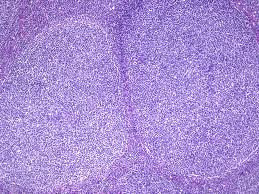
Diffuse Large Cell Lymphoma : usually aggressive
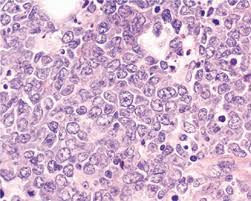
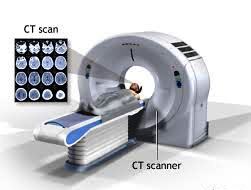
Treatment Options
4. Monoclonal Antibody
This is a type of targeted therapy or ‘smart bullet’’.
Once administered into the body, it will bind to the cancerous lymphoma cells and destroy them.
Its effect is enhanced if it is used in combination with chemotherapy.
One combination is Rituximab (a type of monoclonal antibody) with CHOP chemotherapy, commonly used for the treatment of Non-Hodgkin’s Lymphoma.
Monoclonal Antibody : Rituximab / Mabthera
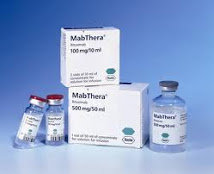
Rituximab = R is an antibody against CD20.
CD20 is a protein found
(1) on the surface of white blood cells called B-lymphocytes (B-cells);
(2) in most of the cancerous B-cells that occur in many types of Lymphoma.
Rituximab ‘locks on’ to a protein called CD20, which is found on the surface these lymphoma cells.
Site of Action of Rituximab
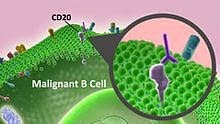
CAR T Cell Therapy
